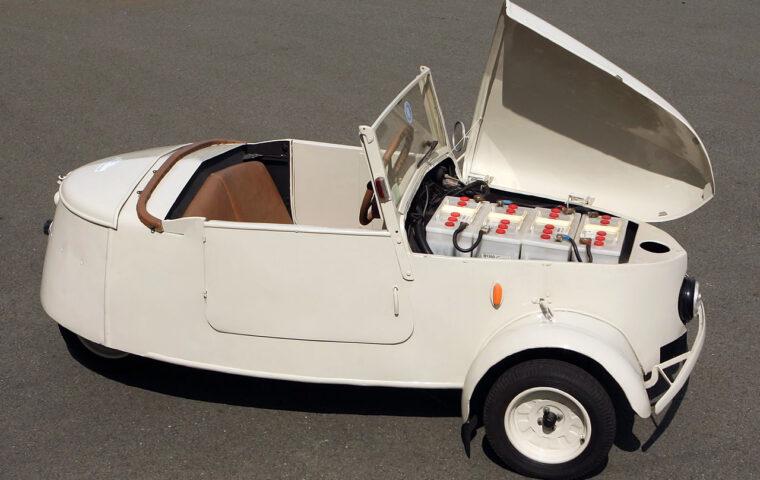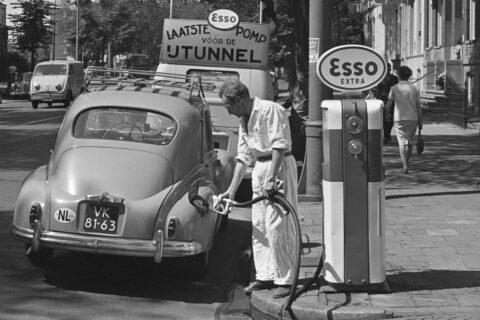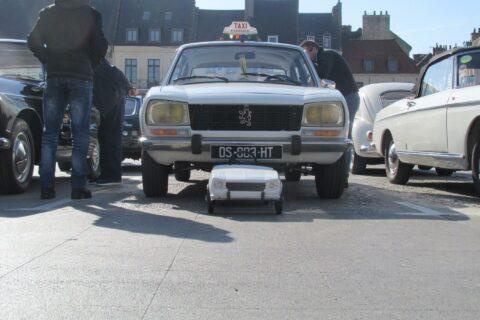These are electric cars in 1902, 1907 and 1942. During that period, all kinds of companies developed them, just like buses, trucks. Some had a range of 60 kilometers and could change batteries within three minutes. Due to a combination of technical and psychological factors, a few bankruptcies, and competition from the emerging oil industry, the penny fell to the fuel engine at the time. Imagine how different the world would have looked if electric transport had won back then.
The first electric car was a reality in 1888, two years after Carl Benz developed the first car. From that moment on, electricity, steam and petrol fought each other out of the factory. The advantage of the electric car was the noiselessness and reliability of the electric motor. However, when the electric starter for petrol engines was introduced and petrol prices fell sharply, electric literally died. Due to the fuel shortage during the Second World War, the electric car received a (temporary) revival. The Peugeot VLVL and the Breguet A2 are good examples of this.
Why is this relevant now? The beginning of the 20th century was, just like today, a time of major transitions. Transitions create moments when things can really go in many different directions. The world is becoming more fluid. Multiple paths open up with radically different outcomes.
Once a path has been set, so-called path dependence arises. Then networks, financial incentives and power structures are built around that new path, so that it becomes deeply ingrained and you are stuck with it for the coming decades (or longer). The choices of consumers, citizens and policymakers matter more than in other times.
What possible new paths are we facing now? Which quarters should face which way? What do you think?
Source: A Climate Policy Revolution and What the Science of Complexity Reveals about Saving Our Planet – Roland Kupers and the Louwman Museum











